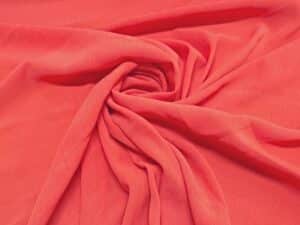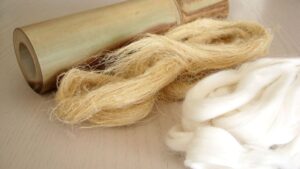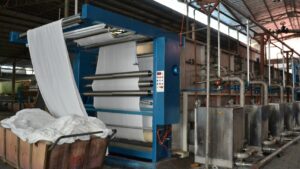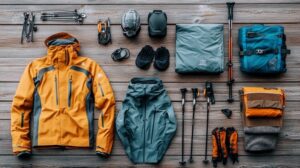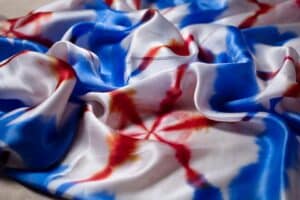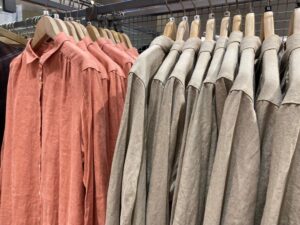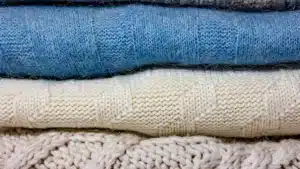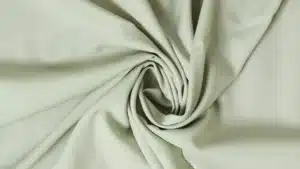When venturing into the great outdoors, staying warm is essential for comfort, safety, and performance. Insulation plays a critical role in maintaining body heat, especially in cold or unpredictable weather conditions. Whether you’re hiking, camping, skiing, or simply enjoying a winter walk, understanding how insulation works can help you choose the right gear and stay warm. In this article, we’ll explore the science behind insulation, the types of insulation materials, and how to use them effectively for outdoor activities.
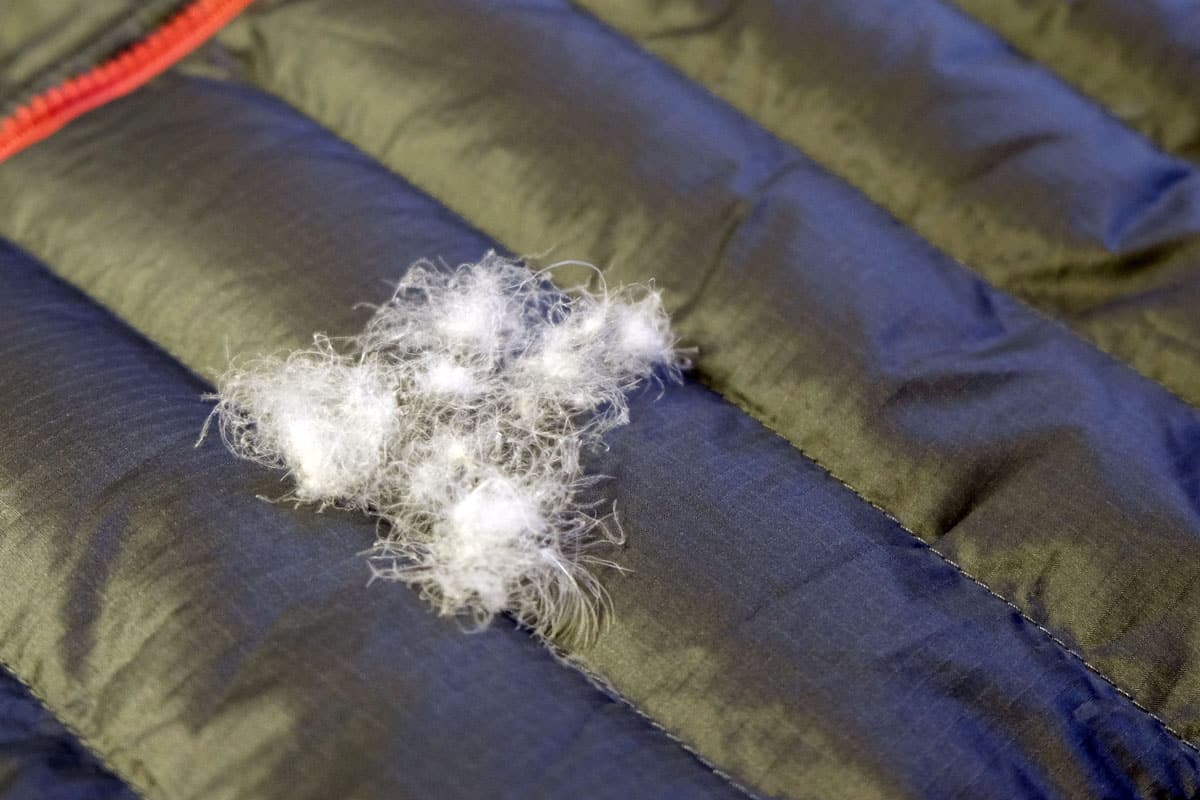
What is Insulation?
Insulation refers to materials or layers designed to trap and retain body heat, creating a barrier between your body and the cold environment.
It works by reducing heat loss through conduction, convection, and radiation, ensuring your body stays warm even in freezing temperatures.
How Insulation Works
Insulation keeps you warm by trapping your body heat and creating a barrier against the cold, ensuring you stay comfortable in chilly conditions.
Insulation keeps you warm through 3 key principles:
- Trapping Air: Insulative materials create tiny air pockets that trap warm air close to your body. Air is a poor conductor of heat, so these pockets act as a barrier to heat loss.
- Reducing Heat Transfer: Insulation minimizes heat loss by slowing down the transfer of heat from your body to the colder surroundings.
- Moisture Management: Effective insulation also wicks moisture away from your skin, keeping you dry and preventing heat loss caused by evaporation.
Types of Insulation Materials
There are three main categories of insulation used in outdoor clothing and gear: natural, synthetic, and wool. Each has its own advantages and disadvantages, making them suitable for different conditions and activities.
1. Natural Insulation: Down

- What It Is: Down is the soft, fluffy layer found beneath the feathers of ducks or geese.
- How It Works: Down clusters trap air exceptionally well, providing excellent warmth-to-weight ratio.
- Pros:
- Lightweight and highly compressible.
- Provides superior warmth in dry, cold conditions.
- Long-lasting if properly cared for.
- Cons:
- Loses insulating properties when wet.
- More expensive than synthetic options.
- Requires ethical sourcing to ensure animal welfare.
2. Synthetic Insulation

- What It Is: Synthetic insulation is made from polyester fibers designed to mimic the properties of down.
- How It Works: Synthetic fibers create air pockets that trap heat, similar to down, but are more resistant to moisture.
- Pros:
- Retains warmth even when wet.
- Dries quickly and is easy to care for.
- More affordable and widely available.
- Cons:
- Heavier and bulkier than down.
- Less compressible, making it harder to pack.
- May lose insulating ability over time.
3. Wool Insulation

- What It Is: Wool is a natural fiber sourced from sheep, with merino wool being the most popular for outdoor clothing.
- How It Works: Wool fibers trap air and wick moisture, providing warmth even when damp.
- Pros:
- Naturally moisture-wicking and odor-resistant.
- Retains warmth even when wet.
- Biodegradable and sustainable.
- Regulates temperature well, keeping you warm in cold weather and cool in warm weather.
- Cons:
- Heavier than down and some synthetic options.
- Takes longer to dry compared to synthetic materials.
- Can be more expensive than synthetic insulation.
Choosing the Right Insulation for Your Needs
The type of insulation you choose depends on the activity, weather conditions, and personal preferences. Here’s a quick guide:
| Activity/Condition | Recommended Insulation | Why? |
|---|---|---|
| Cold, Dry Weather | Down | Lightweight, highly compressible, and provides superior warmth. |
| Wet or Humid Conditions | Synthetic or Wool | Retains warmth even when wet and dries quickly (synthetic) or wicks moisture effectively (wool). |
| High-Intensity Activities | Lightweight Synthetic or Fleece | Balances warmth with breathability and moisture-wicking properties. |
| Extreme Cold | Layered Down or Synthetic | Combines the warmth of down with the moisture resistance of synthetic. |
| Eco-Friendly Choice | Wool | Sustainable, biodegradable, and naturally odor-resistant. |
For equivalent weight, folded packing size is down < synthetic < wool.
Layering for Maximum Warmth
Insulation works best when used as part of a layering system. Here’s how to layer effectively:
- Base Layer: Wicks moisture away from your skin to keep you dry.
- Mid Layer (Insulation): Traps heat to keep you warm. This can be a down jacket, synthetic fleece, wool sweater, or insulated vest.
- Outer Layer (Shell): Protects against wind, rain, and snow while allowing moisture to escape.
Tips for Staying Warm Outdoors
- Choose the Right Fit: Insulation works best when it’s snug but not too tight, allowing air to circulate and trap heat.
- Stay Dry: Moisture is the enemy of warmth. Use moisture-wicking base layers and avoid sweating excessively.
- Layer Strategically: Adjust your layers based on activity level and weather conditions to avoid overheating or getting too cold.
- Protect Extremities: Wear insulated gloves, socks, and hats, as heat loss is highest from the hands, feet, and head.
Innovations in Insulation
The outdoor industry is constantly evolving, with new technologies improving insulation performance:
- Water-Resistant Down: Treated down that retains warmth even when damp.
- High-Loft1 Synthetics: Synthetic materials that mimic the warmth and compressibility of down.
- Hybrid Insulation: Combines down and synthetic materials for optimal warmth and moisture resistance.
- Advanced Wool Blends: Merino wool blended with synthetic fibers for enhanced performance and durability.
Conclusion
Insulation is a vital component of outdoor clothing, ensuring you stay warm and comfortable in cold conditions. Whether you choose down for its lightweight warmth, synthetic for its moisture resistance, or wool for its sustainability and versatility, understanding the role of insulation helps you make informed decisions about your gear. By layering effectively and choosing the right materials, you can enjoy your outdoor adventures without worrying about the cold. Stay warm, stay safe, and embrace the great outdoors!
-
High-loft material is a lightweight, thick, and fluffy material designed to trap air within its structure, providing excellent insulation and warmth. It is commonly used in outdoor clothing, bedding, and gear due to its ability to retain heat while remaining soft, breathable, and compressible. Examples include synthetic insulations like Polartec®,PrimaLoft® and natural materials like down. ↩


